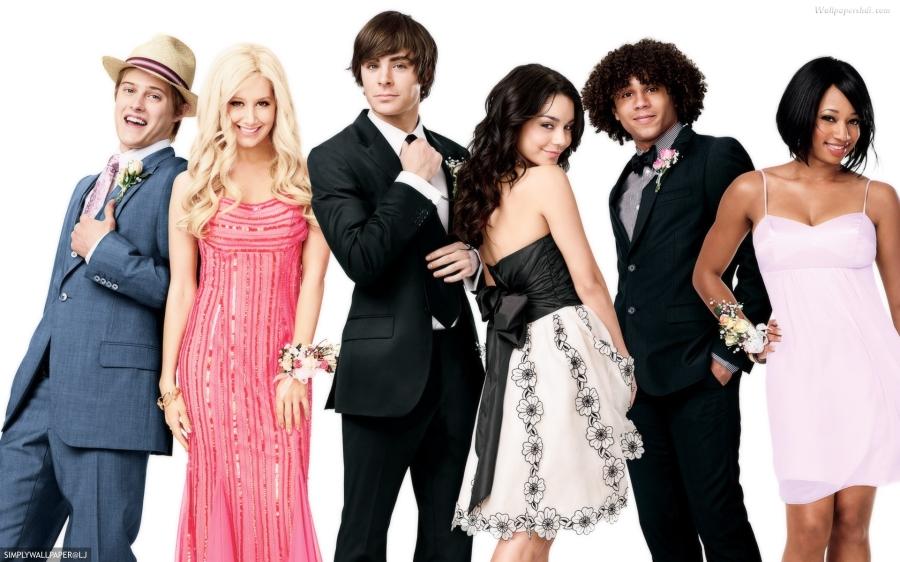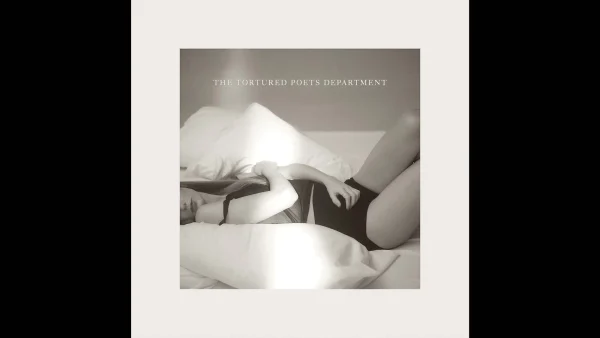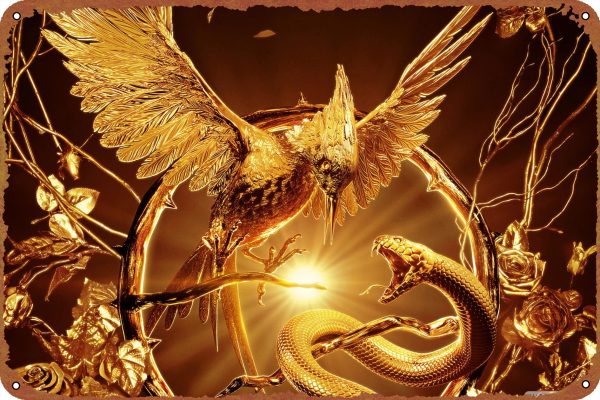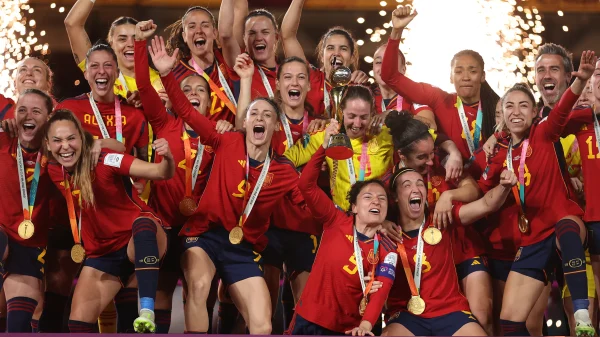High School Musical and heteronormativity
A couple of days ago, I was talking with a friend at a Graded basketball game about Disney’s High School Musical—the movie we all know and supposedly despise from our childhoods. The movie came to mind because the fans in the stands had to “Get Our Head in the Game,” watching our peers decimate EAC in one of our last home games (great job, Eagles!). My friend and I paralleled our lives to the movie, connecting different people from our realities to its characters. We realized that High School Musical poorly represents minorities and, most egregiously, doesn’t even mention homosexuality, although Ryan was as gay as a rainbow flag in the São Paulo Pride Parade.
The movie characters raised some other issues. For instance, Chad, one of few black people in the movie, certainly had to be incredible at basketball, relying on the stereotype of a black person’s proclivity for the sport. Thankfully, through the character of his girlfriend, Taylor, the writers created an erudite, sharp-witted, and articulate student who ruled over the academic decathlon team. Yet the couple was repeatedly overshadowed by their white counterparts, even if Chad or Taylor accomplished something greater than that other couple, Troy or Gabriella. Troy was the basketball captain and Gabriella, seemingly the smartest student in school, was accepted to Stanford University early into the third movie. They were the darlings of the series, but, to me, it was obvious that Chad was a better player, just as—if not more—dedicated to basketball, and Taylor was a leader, argumentative when necessary, determined, and more intelligent than compliant and melodramatic Gabriella.
It’s sad that the series writers reduced black characters to stereotypes, upstaged by their less intelligent and less skilled white counterparts. Furthermore, the two black characters just had to be in a relationship, even though they had little in common. When various students developed relationships throughout the three films, the two black were always together, as if there were no other possibility.
Although it was a narrow representation, black people at least had a presence. In many Disney films, characters are merely implicitly gay based on stereotypical attire, actions, and hobbies. To movie viewers, especially to those exposed to gay clichés, High School Musical’s Ryan Evans was the stock gay character. He was a flamboyant theater nerd, eclipsed by his blonde sister, Sharpay. He was repeatedly reduced to the “gay best friend” (GBF) status, an insult to gay audience members whether or not they conform to that criteria.
The High School Musical series is relentlessly and nauseatingly heteronormative in its cisgender relationships (where gender identity is matched with that at birth). This creates a formula for the “ideal” relationship: one cisgender white heterosexual male and one cisgender white heterosexual female. Nothing else. The boy falls for the girl; the girl falls for the boy.
In the film series, there were no non-heterosexual romances or even suggestions of such, making me think: Was this Disney’s intention? If so, why? Is the company against homosexuality? Did it want to perpetuate heteronormative relationships? Was it afraid of a potential backlash if there had been a gay character?
I ponder these questions because MTV says that Disney hopes to release a new High School Musical movie exploring some characters’ college years. Maybe in the next installment there will be a relationship involving two people of different ethnicities—I’d be elated if, for once, Disney didn’t make the two completely disparate characters fall in love simply because they’re of the same ethnicity. And perhaps Disney will finally include a gay relationship because, as the adage goes, “everyone experiments in college.”

A senior in his third and final year as part of the Talon, Michael serves as co-Editor-in-Chief alongside Faria Nasruddin. Prior to being Editor-in-Chief,...











